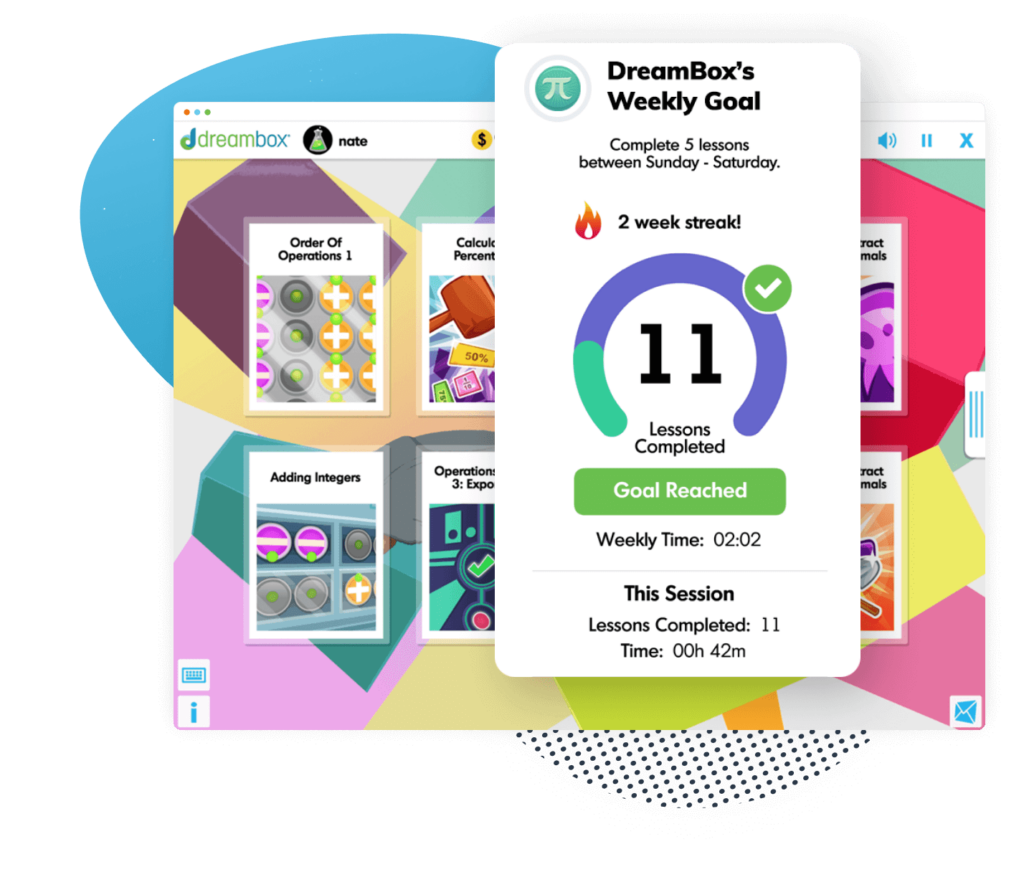How is Temperature Measured?
A brief history of the measurement of temperature, its definition, and the difference between Fahrenheit and Celsius and their conversion

Author
Tess Loucka
Published:
Oct 2024
Key takeaways
- • Temperature is the heat present in an object and is created by kinetic energy, or the movement of atoms.
- • Fahrenheit, Celsius, and Kelvin are the three common scales used to measure temperature.
- • Use the formula C = (F-32) x 5/9 to convert Fahrenheit to Celsius, and the formula F = (C x 9/5) + 32 to convert Celsius to Fahrenheit.
Temperature has always existed. However, the way we’ve measured it has changed throughout history. In fact, the temperature wasn’t measured at all for most of human history. People were too preoccupied with wars, famines, and world exploration to create tools for measuring temperature.
When modern scientists look back at history and wonder what the temperature was like before written records, they often look at the rings in tree trunks. Large rings correspond to warm, temperate weather, while small rings may correspond to cold, harsh weather.
Once the thermometer was invented in 1654 by the Grand Duke of Tuscany, Ferdinand II, measuring temperature became a lot easier! His thermometer used colored alcohol. In 1709, Ferdinand’s thermometer was updated by Daniel Gabriel Fahrenheit when he decided to use mercury instead of alcohol. Mercury expands when it’s warm and contracts when it’s cool. His version of the thermometer is still commonly used today!
Temperature is something that we are always aware of. When we check the weather channel or our weather app on our phones to see how hot it will be tomorrow, or step outside to check if we’ll need a sweater or if a t-shirt is okay, we’re really checking the temperature.
Understanding temperature is necessary for daily life, but what does temperature measure? And how is temperature measured?
Let’s take a look!
What does temperature measure?
The temperature definition is the heat present in an object as measured by a thermometer or felt by touch. Anything made up of atoms has a temperature – and atoms make up everything!
When atoms move, they produce kinetic energy. Kinetic energy is what creates temperature. Atoms that move faster produce more kinetic energy and therefore create a higher temperature.
Atoms moving slower produce less kinetic energy and a lower temperature.
When using a thermometer, temperature will be expressed as a number. It will be an exact measurement according to either the Fahrenheit, Celsius, or Kelvin scales.
Temperature can be expressed in descriptive words, too, such as cold, cool, warm, or hot. Describing temperature with words is how we express our perception of temperature. However, the words used may vary from person to person.
Temperature is something you will experience every day of your life, so it is important to understand it and be able to measure it! Let’s go over how we can measure temperature.
Table of contents
Get more math practice with DreamBox!
Turn math into playtime with DreamBox Math
DREAMBOX MATH
Get started for FREE today!

What are the temperature units of measurement?
As was mentioned earlier, there are three temperature units: Fahrenheit, Celsius, and Kelvin. If you live in the United States, you’ve definitely heard of Fahrenheit. Fahrenheit is the common measuring system in the US, the Bahamas, the Cayman Islands, Palau, and Belize.
Practically every other country in the world uses Celsius.
Fahrenheit was the scale invented first by Gabriel Daniel Fahrenheit in 1724. By the 1960s and 70s, it was replaced in most parts of the world by the Celsius scale which simplified the measurements and used a metric system that was more accessible to the general public. Today, both are common forms of temperature measurement.
Kelvin is the least common scale and is used almost exclusively in the world of science. It is one of the Si units for temperature.
- Fahrenheit measures the freezing point of water at 32 degrees. The boiling point is 212 degrees.
- Celsius measures the freezing point of water at 0 degrees. The boiling point is 100 degrees.
- Kelvin measures the freezing point of water at 273.1 K. The boiling point is 373.1 K.

The math program that drives results
Get started today!
DreamBox adapts to your child’s level and learning needs, ensuring they are appropriately challenged and get confidence-building wins.
How to convert Fahrenheit to celsius
Since Fahrenheit and Celsius are such common scales of measurement for temperature, it’s important to be able to convert from one scale to the other.
To convert from Fahrenheit to Celsius, you’ll need to use the formula C = (F-32) x 5/9
Using the formula, how would we convert 98 degrees F into Celsius?
C = (98-32) x 5/9
C = (66) x 5/9
C = 330/9
C = 33.67
So, 98 degrees Fahrenheit is the same as 33.67 degrees Celsius.
To convert from Celsius to Fahrenheit, use the formula F = (C x 9/5) + 32
How many degrees Fahrenheit is 14 degrees Celsius?
F = (14 x 9/5) + 32
F = (14 x 1.8) + 32
F = (25.2) + 32
F = 57.2
So, 14 degrees Celsius is the same as 57.2 degrees Fahrenheit.
For more practice with temperature conversion, you can find practice problems, instructions, and clear solutions on math websites or math apps. A good math resource can put you ahead of the curve when it comes to complex topics.
Practice Problems
Click on the boxes below to see the answers!
Answer: 38.89 degrees Celsius
Use the Fahrenheit to Celsius conversion equation, C = (F-32) x 5/9. C = (102-32) x 5/9. C = (70) x 5/9. C = 350/9. C = 38.89.
Answer: 370.4 degrees Fahrenheit
Use the Celsius to Fahrenheit conversion equation, F = (C x 9/5) + 32. F = (188 x 9/5) + 32. F = (188 x 1.8) + 32. F = 338.4 + 32. F = 370.4.
Answer: The temperature changed by 12.6 degrees Fahrenheit
Convert both 18 degrees Celsius and 25 degrees Celsius to Fahrenheit using the Celsius to Fahrenheit conversion equation. Then subtract the smaller number from the larger number to find the answer. When converting to Fahrenheit, 18 C becomes 64.4 F, and 25 C becomes 77 F. The difference between them is 12.6.
FAQs about temperature measurement
Fahrenheit, Celsius, and Kelvin.
Temperature is measured using a thermometer.
To convert Fahrenheit to Celsius, the formula is C = (F-32) x 5/9.
Take at home math practice to the next level
Empowering parents and educators to make math practice more impactful. Plus, your kids will love it.


